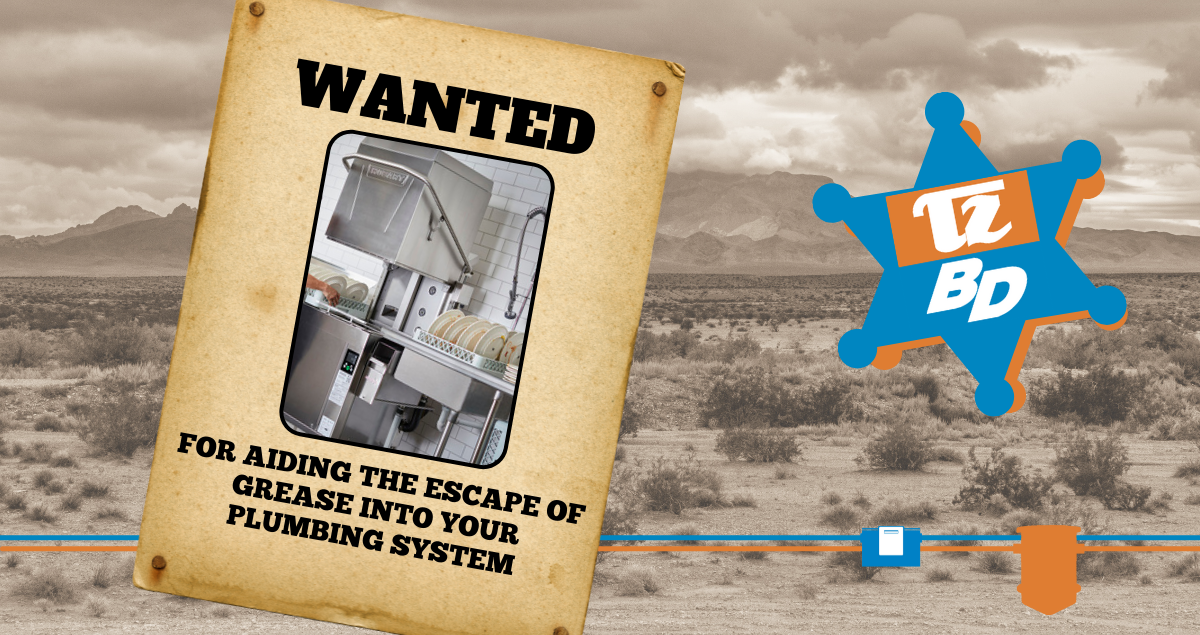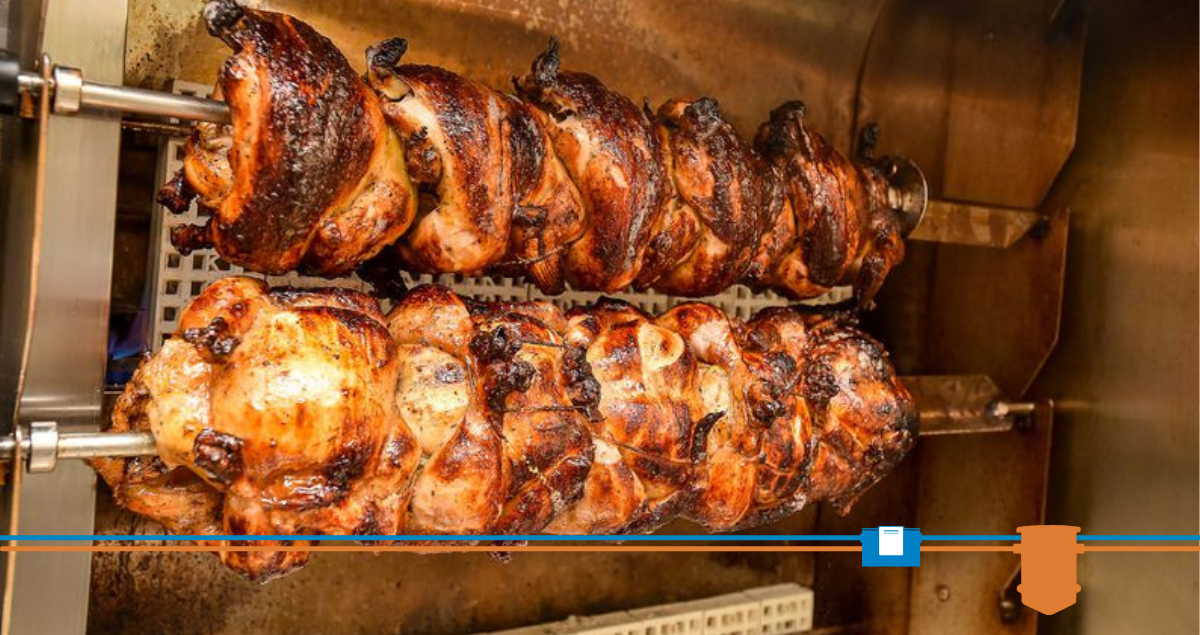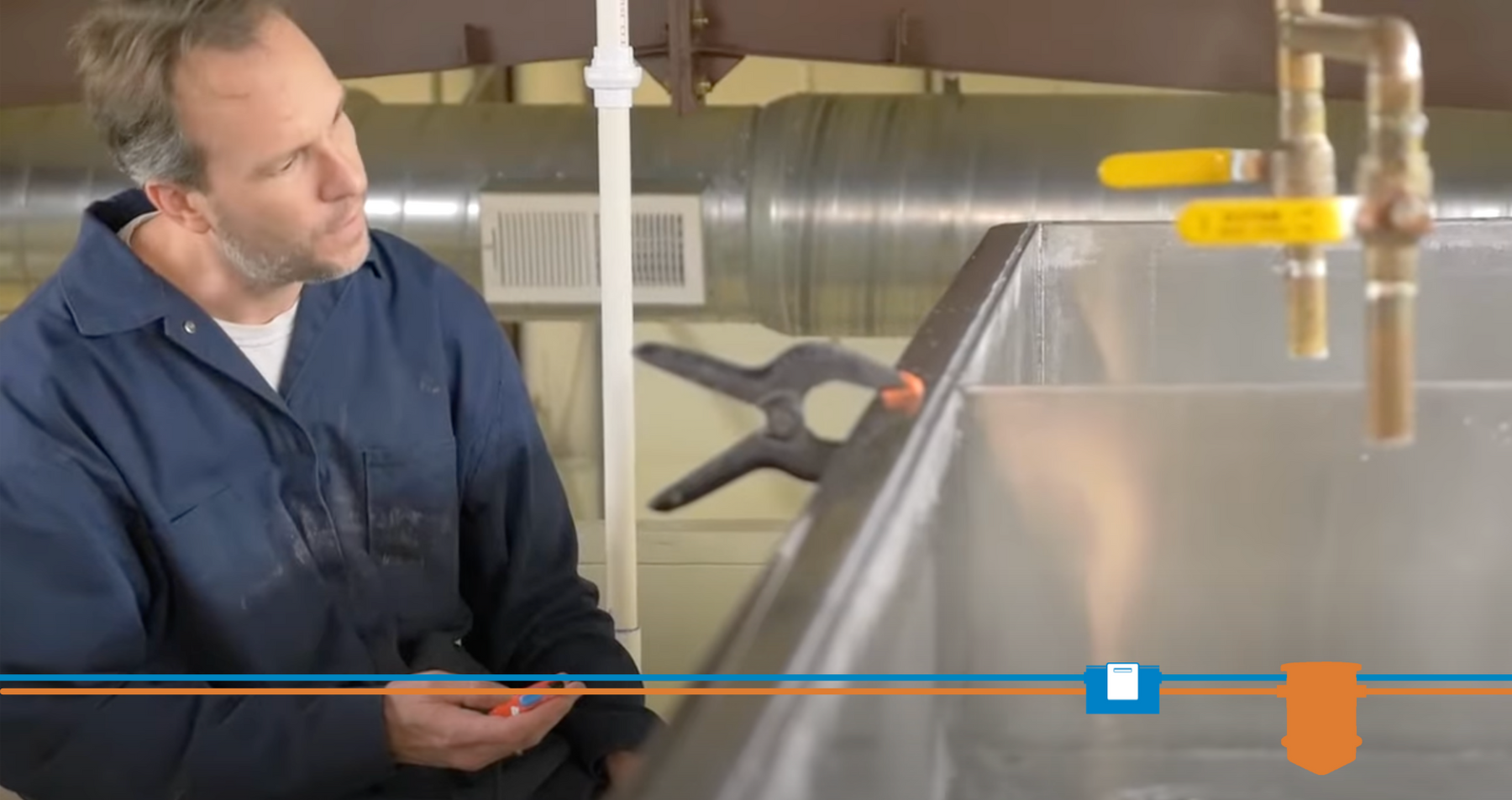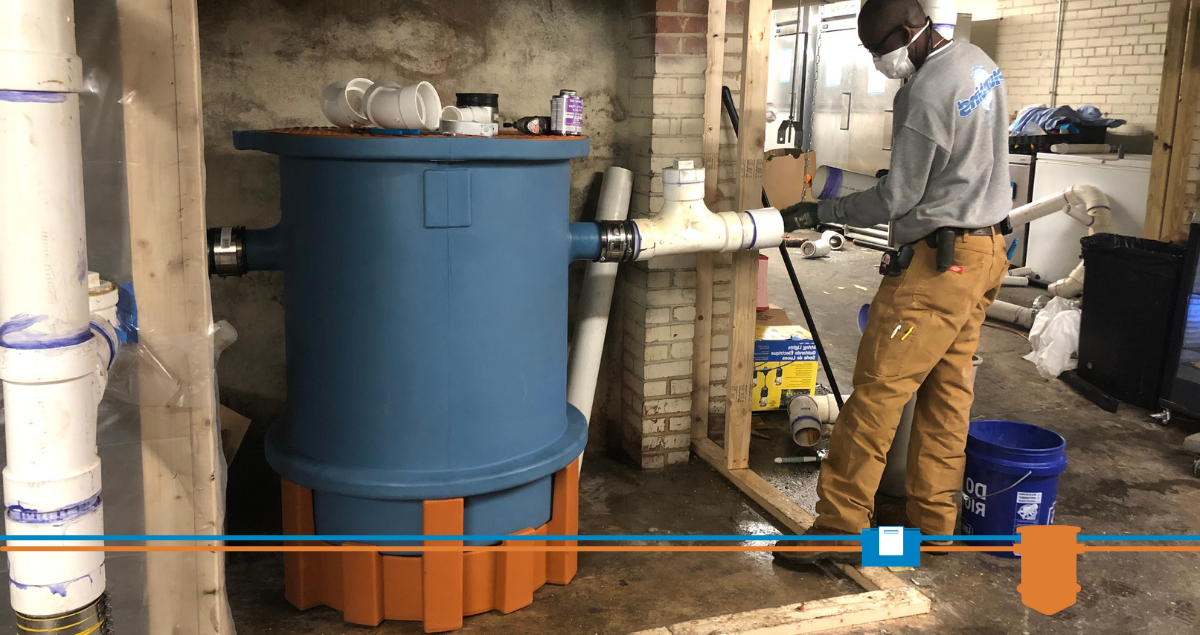How a river catching fire led to cleaner water
- Jul 28, 2015
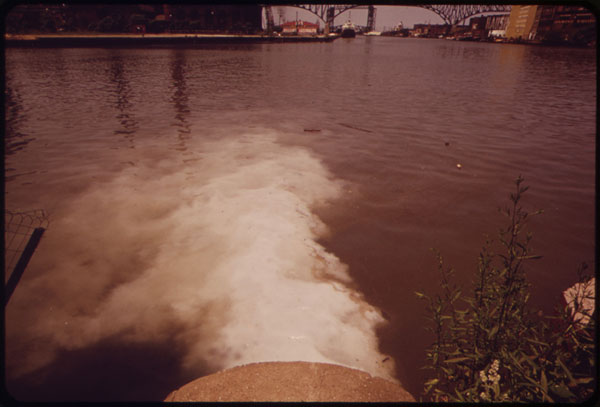 In 1969, the Cuyahoga River in Ohio caught fire.
In 1969, the Cuyahoga River in Ohio caught fire.
The blaze caught the attention of the national media, and Time magazine described the Cuyahoga as a river that “oozes,” rather than flows. There were no fish or other animals in the water, and the concentration of oil and other toxins was so thick that they could actually burn.
The river had become, in effect, a giant grease trap.
And the ’69 fire was not event the first time the river had caught fire, and it by Cuyahoga standards, it was relatively mild. Dating back to the 1860s, the river had caught on fire at least 13 times. In 1952, the largest such fire caused more than $1 million of damage to boats, docks and a riverfront building. But the 1969 fire had a major impact on efforts to clean up the nation's waterways.

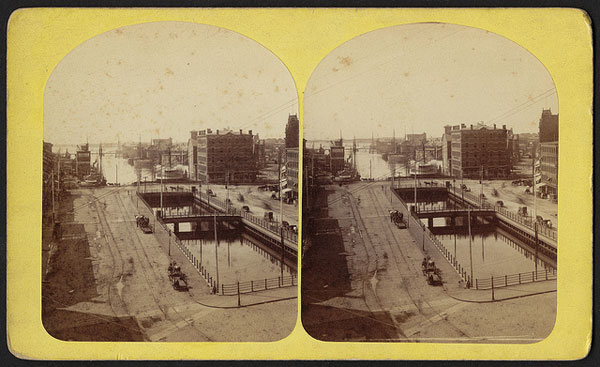 The damage that grease and other pollutants can inflict on the environment is well documented, but few cases illustrate this as well as Narragansett Bay in Rhode Island.
The damage that grease and other pollutants can inflict on the environment is well documented, but few cases illustrate this as well as Narragansett Bay in Rhode Island.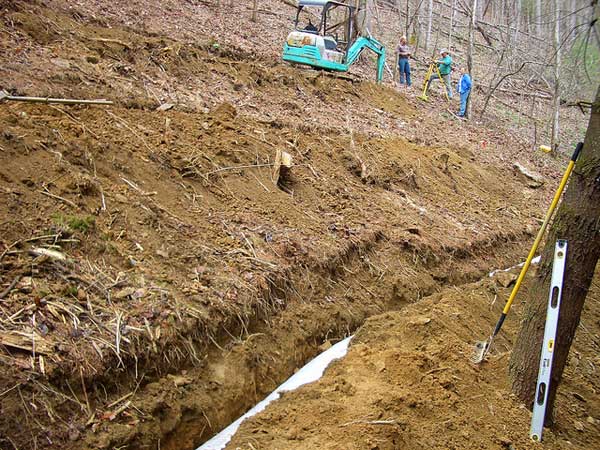 If you live in a rural area, chances are good that you use a septic system to treat your wastewater. If that’s the case, you’re probably careful about what goes down the drain and into the tank. You might, for example, pour any used cooking oil or grease into a disposable container and toss it into the garbage can. Sound familiar?
If you live in a rural area, chances are good that you use a septic system to treat your wastewater. If that’s the case, you’re probably careful about what goes down the drain and into the tank. You might, for example, pour any used cooking oil or grease into a disposable container and toss it into the garbage can. Sound familiar? A packed-to-the-gills restaurant during dinner rush doesn’t hold a candle to the hustle and bustle — both in and out of the kitchen — of a middle school cafeteria during the lunch hour.
A packed-to-the-gills restaurant during dinner rush doesn’t hold a candle to the hustle and bustle — both in and out of the kitchen — of a middle school cafeteria during the lunch hour.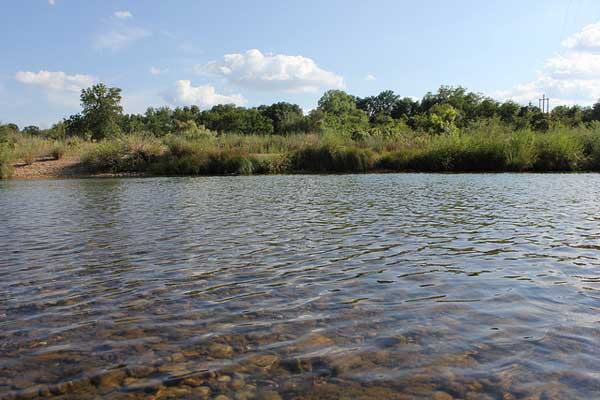 The federal government takes grease seriously. Very seriously. In fact, the Department of Justice is ready, and willing, to issue federal jail time to any individual who knowingly violates the Clean Water Act, a standing tenet of which is proper grease disposal.
The federal government takes grease seriously. Very seriously. In fact, the Department of Justice is ready, and willing, to issue federal jail time to any individual who knowingly violates the Clean Water Act, a standing tenet of which is proper grease disposal. Imagine taking a paintbrush to the broadside of an old barn: Your goal is probably to cover the expanse uniformly with one color. But the result would likely be a lot different if you didn’t consider the number of boards you might have to replace, holes that need patching or nails that need to be driven back into the wood.
Imagine taking a paintbrush to the broadside of an old barn: Your goal is probably to cover the expanse uniformly with one color. But the result would likely be a lot different if you didn’t consider the number of boards you might have to replace, holes that need patching or nails that need to be driven back into the wood.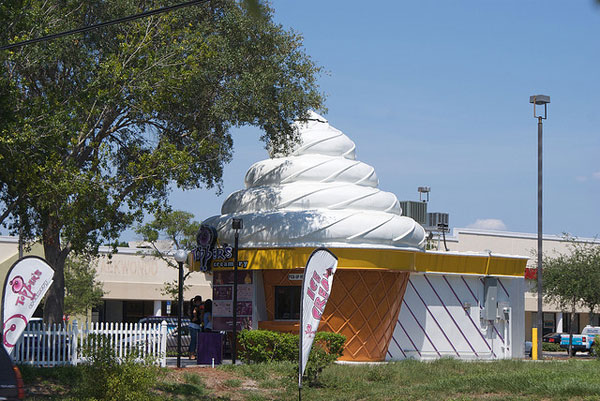
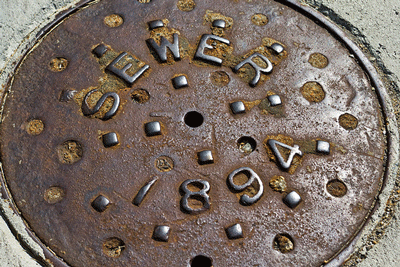 The EPA estimates the total number miles of sewer lines snaking across the country to be about 1.2 million. Considering some of these lines are over 100 years old, local governments will spend billions of dollars modernizing failing wastewater systems over the next 10 to 20 years.
The EPA estimates the total number miles of sewer lines snaking across the country to be about 1.2 million. Considering some of these lines are over 100 years old, local governments will spend billions of dollars modernizing failing wastewater systems over the next 10 to 20 years.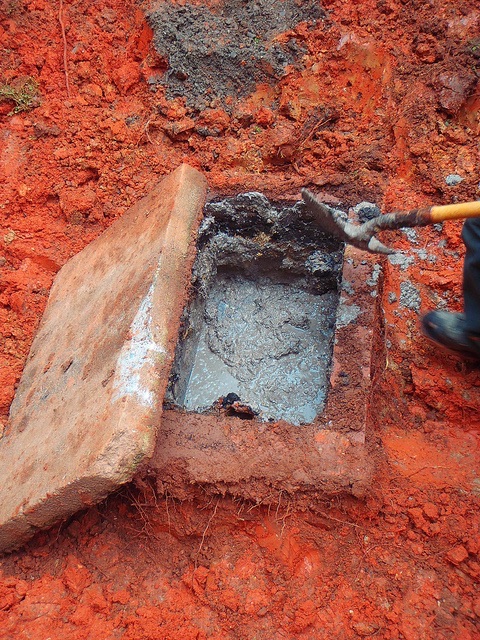 In 1884, Nathaniel Whiting patented the first grease interceptor design. These oversized, concrete boxes are still the default choice for many in the food-service industry.
In 1884, Nathaniel Whiting patented the first grease interceptor design. These oversized, concrete boxes are still the default choice for many in the food-service industry.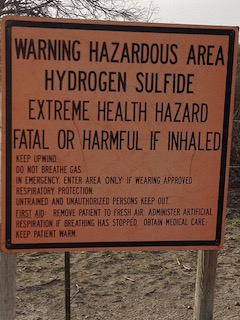 Think about the grease interceptor in your food service establishment.
Think about the grease interceptor in your food service establishment.
